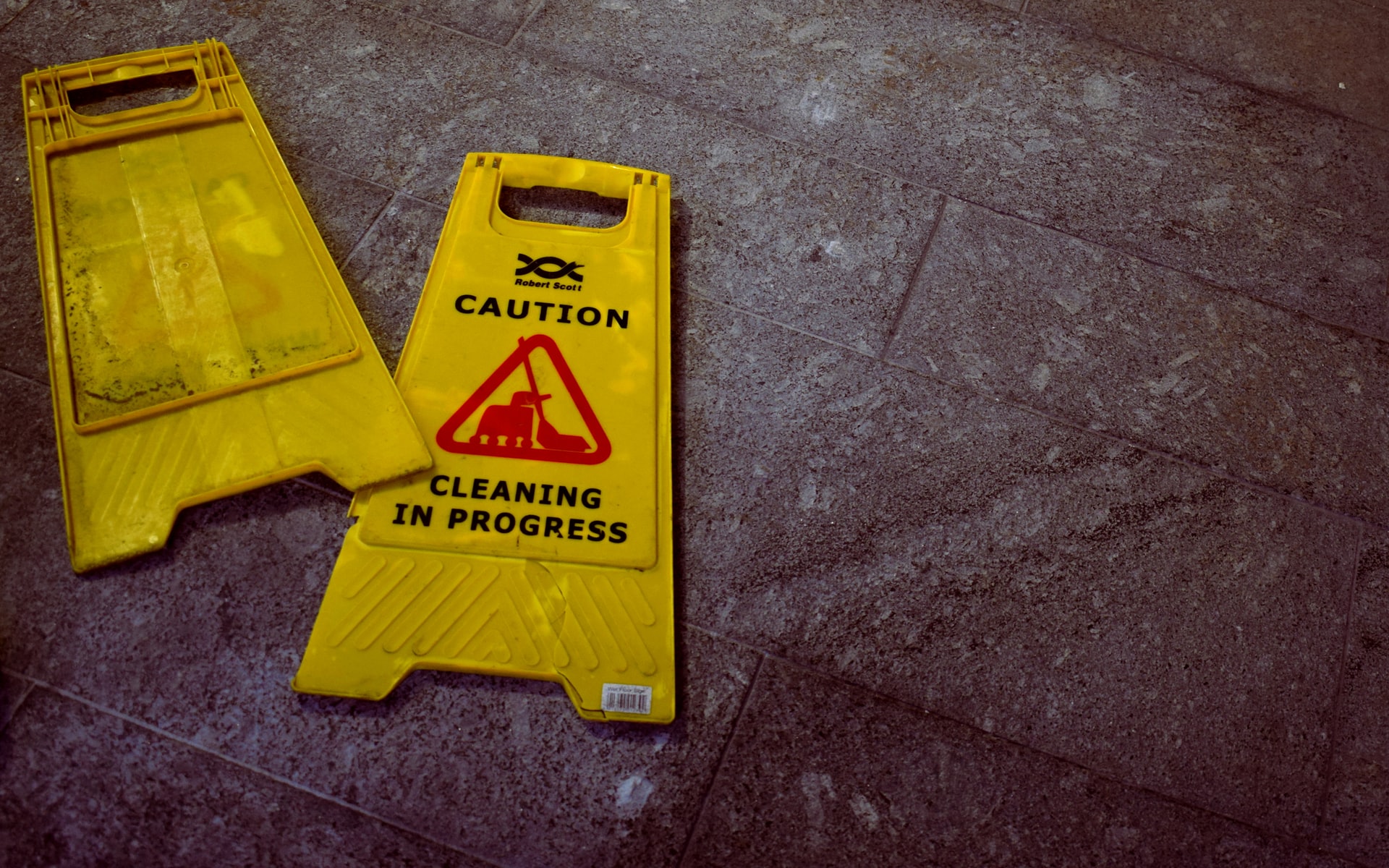The last thing anyone wants to deal with is a sewage backup. But it does happen. When this happens, understanding how to safely deal with sewage backup cleanup is a must.
Check out these 4 tips for the aftermath.
Stay Away from Contaminated Areas
The first thing that you need to do is get people and pets away from the sewage backup. Sewage can host any number of contaminants, bacteria, illnesses, and more. Anyone who comes into contact with it could be at risk.
Get away from the area where the backup has occurred and keep animals and people away until cleanup and disinfection occurs. Make an effort to block off the space or be able to monitor that nothing enters it.
Safety Expectations
The next thing is to make sure that all safety protocol is followed before ever going into any contaminated space. This also means following certain safety expectations to not touch anything that might have been compromised.
At a minimum, you need to wear protective eyewear, rubber boots, gloves, and a face mask. Don’t leave skin exposed, as you don’t want any of the contaminated material to come into contact with any part of your body. Dispose of things that cannot be disinfected as if they are a biohazardous material.
In terms of safety, you should also consider things like electrical power in the area and water in your home. You want to make sure no electrical risk is in place. Also, check that there is no contamination in your clean water sources.
Add Some Ventilation
Chances are a sewage backup is not going to smell great. There also could be chemicals or odors in the backup that cause people to have trouble breathing comfortably. A good way to help with both of these issues is to ventilate as much as possible.
We recommend opening up windows and doors to allow fresh air into the contaminated space. You can turn on fans to help move air as well. We don’t recommend placing fans too close to the contamination, as this could just cause that air to circulate around more. But you could put fans near the fresh air source to circulate. Be sure the fans don’t interfere with the ventilation.
Disinfection
After sewage backup has occurred, any space that was touched or affected by the backup needs to be disinfected. Any furniture, structures, or items that were touched must be cleaned and sanitized. None of these items or surfaces are safe until that cleaning and sanitation have occurred.
Many people only think of the immediate area for this step. While that is important, you need to also remember that flooring, walls, fixtures, furniture, appliances, and even small belongings need to be thoroughly sanitized for safety.
Professional Sewage Backup Cleanup
If you or someone you know has faced a sewage backup, you should bring in professional help. While you are capable of cleaning, we have the expertise and the appropriate equipment to get your home cleaned up and restored safely.
Dry 24 Restoration is just a phone call away. We offer emergency services 24/7 and will respond quickly when you need us to be there for you!


